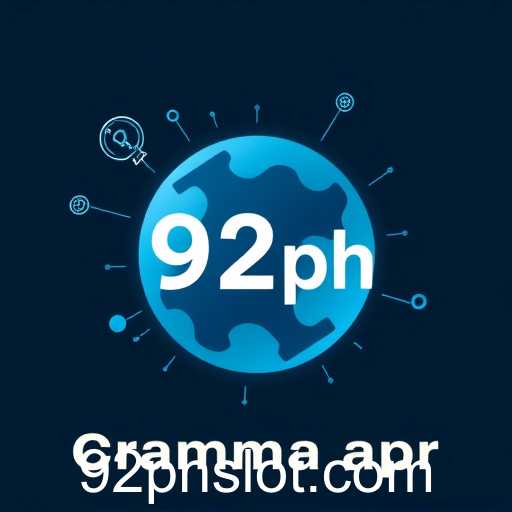In the digital age, where technological advancements permeate every aspect of our lives, the realm of education is no exception. Particularly, grammar applications have risen to prominence, acting as vital tools in language acquisition and communication skills development. These applications cater to a diverse audience, ranging from students and professionals to anyone seeking to polish their linguistic prowess.
The category of 'Grammar Apps' on educational websites has garnered significant attention, with the keyword '92ph' attracting curious users eager to enhance their comprehension and use of language. These applications provide users with real-time feedback, personalized lessons, and even interactive exercises that make learning an engaging and productive endeavor.
With the increasing significance of clear and precise communication in both personal and professional landscapes, grammar apps serve as convenient and effective aides in achieving linguistic competence. Unlike traditional methods of learning, which often required voluminous textbooks and tedious proofreading, these applications offer an innovative, user-friendly approach where learning is seamlessly integrated into everyday activities.
Moreover, the adaptability and accessibility of grammar applications make them uniquely suited to meet the demands of modern learners. Interactive features, such as progress tracking and gamified learning experiences, ensure that users remain invested and motivated throughout their educational journey. The ability to access these tools from anywhere, directly from one's smartphone or tablet, further contributes to their growing popularity.
In particular, the keyword '92ph' within this context represents more than just a search term; it symbolizes the intersection of technology and education, where the power of digital innovation is harnessed to uplift language proficiency across global communities. As we advance into a future where technological literacy becomes integral to daily life, the role of grammar apps in fostering communication skills cannot be understated.
As the educational landscape continues to evolve, it will be fascinating to observe how grammar applications continue to develop in response to emerging challenges and opportunities. Whether through the incorporation of artificial intelligence to provide deeper insights into language patterns or expanding language support to include lesser-known dialects, the potential is vast. Grammar apps are not just a trend, but a fundamental component of modern education, paving the path for more accessible and efficient learning experiences for all.








